Are tired of seeing your once crystal-clear water turn yellow before your eyes? Is your yellow well water putting a damper on the quality of life in your home? If so, you’re not alone. Yellow well water is an issue that many people all over the world face and it can be solved with knowledge and technique.
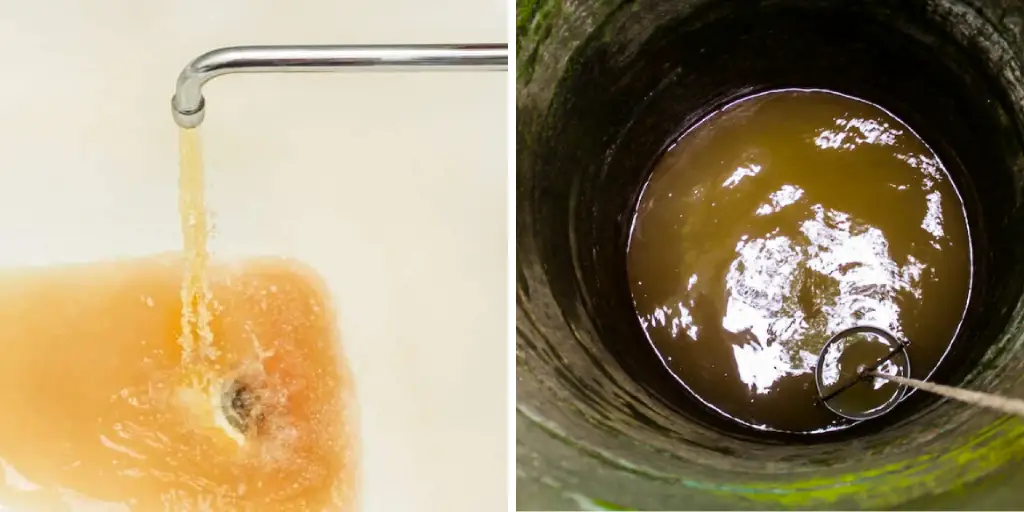
In this blog post, we’ll show you exactly how to fix yellow well water, as well as some practical steps you can take to get clean refreshing drinking water out of every tap!
Supplies You Will Need to Fix Yellow Well Water
- Water testing kit
- Shock chlorination kit
- Anti-corrosion filter
- Water softener (if needed)
Step-by-step Guidelines on How to Fix Yellow Well Water
Step 1: Test Your Well Water
The first step in fixing yellow well water is to get a clear understanding of what’s causing the discoloration. By testing your well water, you’ll be able to determine if the issue is caused by excess iron, manganese, or other minerals. You can purchase a water testing kit from your local hardware store or have a professional test your water for you.
Step 2: Shock Chlorination
Once you’ve determined what’s causing the yellow well water, it’s time to shock chlorinate your well. This process involves using chlorine to disinfect and clean out any bacteria or build-up in your well. Follow the instructions on your shock chlorination kit carefully and make sure to flush out your well thoroughly after the process is complete.
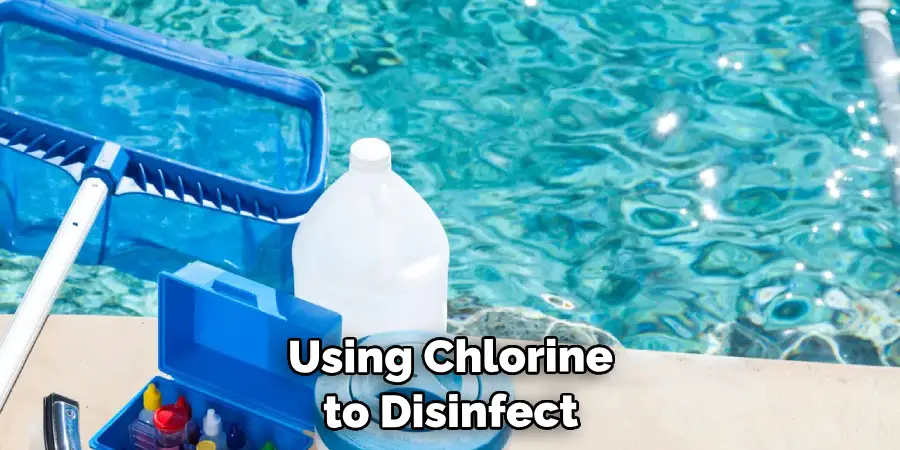
Step 3: Install an Anti-Corrosion Filter
If the cause of your yellow well water is iron or other mineral deposits, installing an anti-corrosion filter can help prevent these minerals from building up in your well and turning your water yellow. These filters are relatively easy to install and can significantly improve the quality of your well water. Installing a water softener may also help if hardness is the issue.
Step 4: Consider a Water Softener
If your well water is hard, meaning it contains high levels of minerals like calcium and magnesium, it may be contributing to the discoloration of your water. Installing a water softener can help remove these minerals and prevent them from affecting the color and quality of your water. This can also help prolong the life of your appliances and pipes.
Step 5: Regular Maintenance
Prevention is key in keeping your well water from turning yellow again. Make sure to regularly test and maintain your well, shock chlorinate when necessary, and install any necessary filters or softeners. Make sure to also properly dispose of any chemicals or waste that could potentially contaminate your well water.
Following these steps and regularly maintaining your well can help ensure that your water stays clean, clear, and safe to drink. Don’t let yellow well water be a problem in your home any longer – take action today! So, you can now enjoy the refreshing taste of pure water without any worries or interruptions. Cheers to happy and healthy drinking water!
Additional Tips and Tricks to Fix Yellow Well Water
1. When dealing with yellow well water, it is important to regularly check and maintain your well equipment. Over time, minerals and sediment can build up in the well pump, pipes, and fixtures, leading to discoloration of the water.
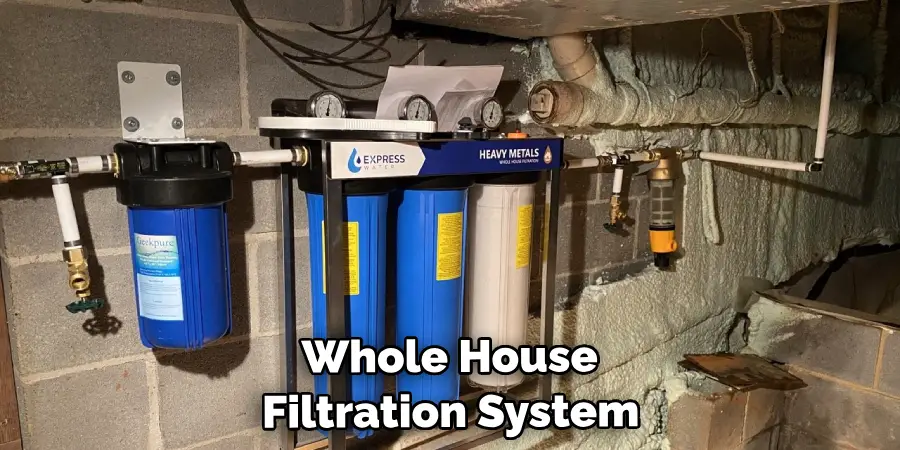
2. Consider installing a whole house filtration system to prevent yellow staining from occurring in your household appliances and plumbing fixtures. This can also help improve the overall quality of your water.
3. In addition to installing a filtration system, you may also want to look into using a water softener. Hard water can contribute to yellow staining and by using a softener, you can prevent this issue from occurring.
4. If you have recently installed new plumbing fixtures or appliances, make sure they are properly flushed out before use. Sometimes, leftover sediment or minerals from the manufacturing process can cause yellow staining.
5. Keep an eye on your water usage and avoid excessive water flow. High water pressure can stir up sediment in your well and cause it to enter your plumbing system, resulting in yellow well water.
6. Regularly test your well water for any potential contaminants and address them promptly if detected. Sometimes, bacteria or other harmful substances can enter your well and cause discoloration.
7. If you have a large amount of iron in your water, consider using an oxidizing filter to remove it. Iron is a common culprit for yellow well water.
8. Be cautious when using bleach or other harsh chemicals to clean your fixtures or appliances. These chemicals can react with the minerals in your water and cause further discoloration. Instead, opt for gentle cleaning agents or consult a professional.
9. It is important to address any potential issues with your well as soon as possible. Ignoring the problem can lead to more serious and costly repairs in the future.
10. Lastly, consider consulting a professional if you are unsure how to properly address yellow well water on your own. They can provide guidance and assistance to ensure your well water is safe and clean for use.
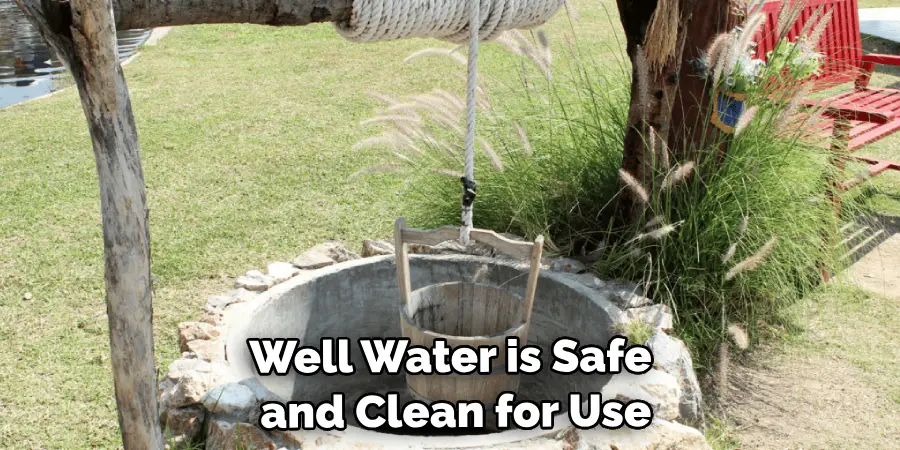
By following these additional tips and tricks, you can effectively fix yellow well water and maintain the quality of your water supply. Remember to regularly check and maintain your well equipment, install a filtration system or water softener if needed, and address any potential issues promptly to ensure clean and safe well water for you and your household.
Precautions Need to Be Followed for Fixing Yellow Well Water
1. First of all, it is important to identify the source of the yellow color in well water. This can be done by conducting a simple test using a white cloth or paper towel.
2. It is important to wear gloves and protective gear while working with well water as it might contain harmful bacteria and other contaminants.
3. Before starting any repair work, make sure to turn off the power supply to the well pump. This is crucial for your safety and also prevents any damage to the well pump.
4. In the case of a submersible well pump, it is important to lower down the water level below the minimum operating level before starting repairs. This can be done by using a wet/dry vacuum or bailing the water out manually.
5. It is always recommended to consult a professional if you are unsure about fixing yellow well water. They have the necessary knowledge and experience to handle such repairs safely and effectively.
6. Additionally, it is important to follow all local building codes and regulations while repairing your well water system. This ensures that the repairs are done properly and up to standard.
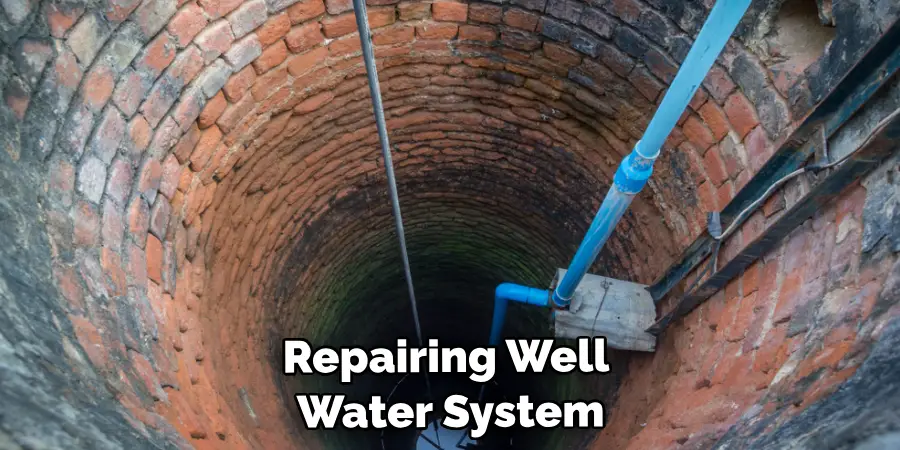
7. Proper maintenance of your well water system is crucial in preventing yellow discoloration. Regular cleaning, disinfecting, and flushing of the well can help prevent the build-up of iron, manganese, and other minerals that cause yellow discoloration.
8. It is also important to regularly test the well water for any changes in color, odor, or taste. This can help identify potential issues before they become bigger problems.
Following these precautions can help ensure safe and effective repairs to fix yellow well water. It is important to take these steps seriously for the health and safety of you and your family. Remember, prevention is always better than cure when it comes to your well water system. Regular maintenance and prompt repairs can help keep your well water clean and safe for drinking and household use.
Frequently Asked Questions
How Do I Know if My Well Water is Yellow?
The most obvious sign that your well water is yellow is the color. If you notice that your tap water has a slight or strong yellow tint, this could indicate the presence of iron and/or sulfur. You may also notice a metallic or rotten egg smell, which are other common indicators of high levels of these minerals.
Why is Yellow Well Water a Problem?
While yellow well water may not necessarily pose a health risk, it can be aesthetically unappealing and leave stains on clothes, appliances, and fixtures. It can also affect the taste and odor of your drinking water.
How Do I Fix Yellow Well Water?
There are various methods to fix yellow well water, depending on the cause and severity of the issue. These include installing a water filtration system, using chemical treatments, or implementing aeration systems. It is best to consult with a professional to determine the most effective solution for your specific situation.
Can I Prevent Yellow Well Water?
In some cases, it is possible to prevent yellow well water by regularly maintaining and testing your well. This can help identify and address potential issues before they worsen. Additionally, using a water softener or iron filter can also help prevent the buildup of iron and sulfur in your well water.
Is Yellow Well Water Harmful?
The color and smell of yellow well water may be off-putting, but it is typically not harmful to consume. However, it is important to regularly test your well water for any contaminants that may pose a health risk.
Conclusion
With the above outlined you can easily understand how to fix yellow well water and the different ways in which you can prevent and treat it. Remember, if you are unsure or concerned about the quality of your well water, it is always best to consult with a professional for accurate testing and recommendations.
Don’t let yellow well water affect your daily life, take action and enjoy clean and clear well water once again! So, keep these tips in mind and take the necessary steps to ensure your well water is safe and free of any discoloration or unpleasant odors. Let’s work towards having clean, healthy, and clear water for all.

